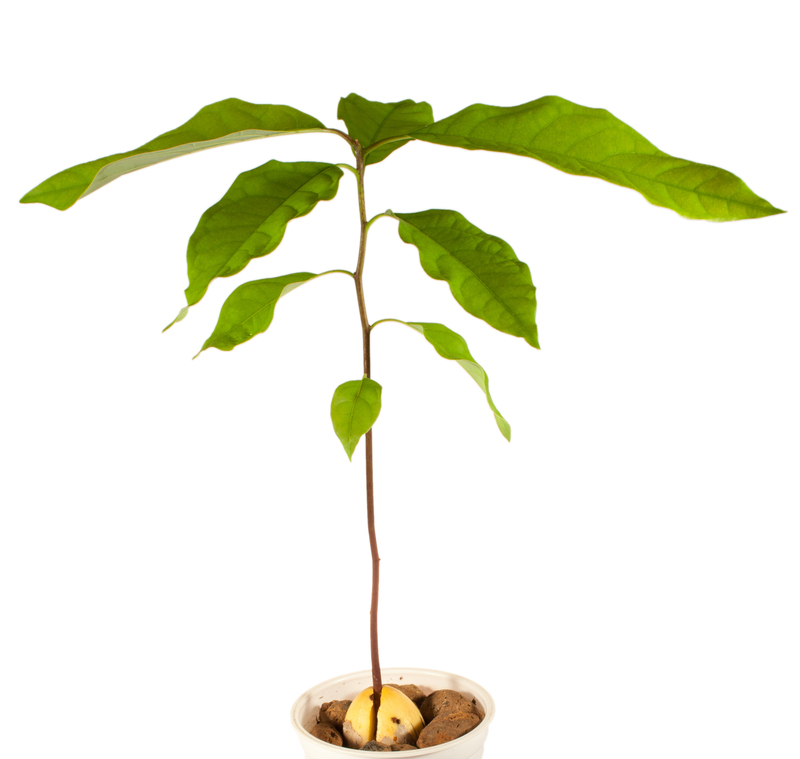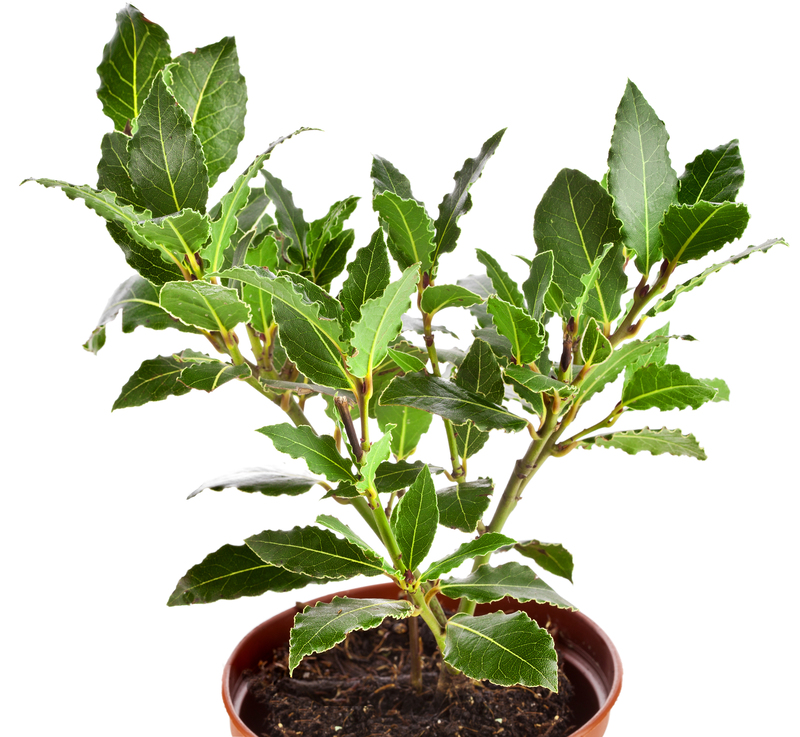Innovative Approaches to Disguise or Repurpose Stumps: Creative Solutions for Unsightly Tree Remains
Trees are an essential part of any landscape, providing beauty, shade, and ecological benefits. But when a tree is removed, its stump can become an unexpected eyesore or obstacle in your yard. Rather than opting for expensive grinding or extraction, homeowners and landscapers are increasingly seeking innovative approaches to disguise or repurpose stumps. In this comprehensive guide, we'll explore a variety of creative, eco-friendly, and practical methods to transform those old stumps into unique and valuable features for your home or garden.

Why Consider Disguising or Repurposing Tree Stumps?
Traditionally, tree stumps are removed for aesthetic or safety reasons. However, stump removal can be costly, time-consuming, and potentially damaging to surrounding landscaping. By choosing to repurpose or cleverly disguise stumps, you can:
- Add unique charm and personality to your landscape
- Save time and money compared to stump extraction
- Reduce landfill waste and encourage sustainable practices
- Create usable garden features or even wildlife habitats
Keep reading for some of the most innovative ways to repurpose old stumps, whether your goal is functional reuse, creative landscaping, or simply hiding them out of sight.
Creative Stump Disguise Techniques
Not every homeowner wants a tree stump in their yard to stand out. Fortunately, many techniques exist for disguising tree stumps so they blend into your landscaping or serve new purposes.
1. Planting Over the Stump
- Flower Beds: Transform your stump into a natural planter by hollowing out the center and filling it with soil. Plant colorful annuals, perennials, or succulents for a beautiful, natural garden accent.
- Moss and Vines: Moss thrives in shaded, moist environments and can give old stumps a fairy-tale appearance. Fast-growing climbing plants like English ivy or sweet potato vine can cascade over the side, disguising the stump's edges completely.
- Herb Gardens: Use your stump as a raised herb bed. Basil, oregano, and thyme grow well with good drainage and sunlight, making stumps a unique culinary garden spot.
2. Concealing Stumps with Structures or Ornaments
- Garden Statues or Birdbaths: Place a statue, sundial, or birdbath atop the stump to divert attention and add interest. Larger stumps can effectively serve as sturdy pedestals for various garden art pieces.
- Miniature Fairy Houses: Craft or purchase whimsical fairy houses to sit atop stumps. Add decorative doors, windows, and paths to invite a sense of charm and wonder.
- Clever Seating: Cut the stump flat and fit a weatherproof cushion, or surround it with rustic wood for a functional outdoor stool or small table.
3. Using Hardscape Elements & Materials
- Stone or Gravel Mounds: Bury the stump slightly under a decorative mound of gravel, pebbles, or river stones for subtle coverage that blends into a naturalistic garden design.
- Decking & Pavers: If the stump's location is ideal, construct a raised deck, path, or patio over it. This approach effectively covers the stump while expanding usable outdoor space.
Inspirational Ways to Repurpose Stumps
If you prefer to transform rather than hide, there are numerous ways to repurpose old tree stumps into useful or artistic features that enhance your landscape.
Functional Stump Repurposing Ideas
- Garden Table or Bench: Stumps with broad, sturdy tops make excellent supports for tables or benches. Simply attach a weather-resistant wood or stone slab to the top, or group multiple stumps for a rustic picnic area.
- Children's Play Features: Sand and smooth the stump, then add rope handles or create a safe climbing platform. Stumps serve excellently as natural stepping stones or balancing obstacles for children's play areas.
- Outdoor Sculptures: If you have artistic skill (or know a local carver), consider transforming a large stump into a carved bear, owl, or another figure. These wood sculptures become striking visual anchors for your property.
- Bird Feeders and Houses: Attach a platform feeder or birdhouse to the top or side of the stump. The height keeps wildlife safe from ground predators while inviting birds and pollinators into your yard.
Ecological Stump Reuses
- Pollinator Habitats: Drill holes in the stump to create nesting sites for native bees and insects, supporting local biodiversity and encouraging pollination in your garden.
- Natural Decomposition Zones: Allow the stump to decay naturally, supporting fungi, insects, and small mammals. This process returns nutrients to the soil, enriching your yard's ecosystem.
- Mushroom Gardens: Certain wood-loving mushrooms (like shiitake or oyster) can be cultivated directly on hardwood stumps with the proper inoculation and conditions, providing edible harvests each year.
Artistic and Decorative Stump Transformation Ideas
With a little creativity, tree stumps can become standout works of garden art:
- Mosaic Art: Decorate the surface of your stump with colorful glass, tiles, or stones to create intricate mosaic patterns. Sealing the mosaic will protect it from weather and make it an eye-catching focal point.
- Painted Stumps: Use outdoor acrylic or mural paint to create vibrant designs, whimsical characters, or animal faces. Painted stumps are especially appealing in children's gardens or playful landscapes.
- Stump Planter Towers: Stack or group smaller stumps, carving out bowls or pockets in each. Plant trailing flowers or succulents for a living sculpture effect.
Lighting & Ambiance Enhancements
- Lantern or Light Post Base: Use the stump as a base to mount a decorative lamp, solar light, or lantern, turning a former eyesore into a source of evening ambiance.
- Candle Platforms: Smooth the top and set out hurricane candles, jars, or glowing LED lights for a magical nighttime garden element.
How to Choose the Right Method for Your Stump
Every stump and yard is unique, so selecting the best disguise or creative repurposing option depends on:
- Location: Is the stump in a focal point, near a walkway, or hidden in the back of your garden?
- Condition: Is the wood healthy and solid or already soft and decomposing?
- Size and Height: Some uses work best with very large or tall stumps, while others suit smaller remains.
- Your Needs: Do you want extra seating, garden art, natural habitats, or simply to make the stump "disappear"?
Consider the long-term and pick a method that matches your budget, aesthetic goals, and safety requirements. For example, stumps with root rot should not be used for furniture, but may be ideal as insect hotels or planters.
Important Safety and Maintenance Tips
- Pest Management: Stumps can attract termites or carpenter ants, particularly if left untreated or in warm, damp climates. Treat the stump with borate-based solutions or keep it dry if you plan to use it for seating or art.
- Child Safety: Check for jagged edges, splinters, or loose bark if children will interact with the stump. Sand and finish all exposed surfaces for safe play features or furniture.
- Weather Protection: Apply exterior wood sealant or paint to enhance the longevity of stumps used for functional or decorative purposes outside.

Frequently Asked Questions about Disguising and Repurposing Stumps
1. Are there any eco-friendly ways to disguise or repurpose a stump?
Absolutely! Many methods such as planting moss, wildflowers, or using the stump to create wildlife habitats are highly sustainable. Letting stumps decompose naturally also benefits your local ecosystem.
2. Can I grow vegetables in a tree stump?
You can grow certain shallow-rooted crops--like leafy greens--or use a hollowed stump as a raised bed for herbs and salad plants. Ensure the wood isn't from a toxic species and create sufficient drainage.
3. How long will a stump last if repurposed as a seat or feature?
With proper sealing and maintenance, hardwood stumps can last for years as furniture or garden features. Untreated, most stumps will slowly break down over several seasons, depending on climate and wood type.
4. Is it safe to turn a stump into a bird feeder?
Yes, as long as you protect the wood from rot and pests. Be sure to clean the feeder regularly and avoid using woods that can leach toxins (e.g., black walnut).
Conclusion: Stumps as Opportunities, Not Obstacles
Rather than viewing stumps as unsightly leftovers, approach them as opportunities for creativity and ingenuity. Whether you choose to disguise a tree stump with planting, artwork, or hardscaping or transform it into a functional asset like garden seating, wildlife habitat, or unique centerpiece, there are countless innovative approaches to repurpose tree stumps to suit your landscape and lifestyle.
With a bit of imagination and the right technique, yesterday's tree stump can become tomorrow's garden masterpiece. Embrace these clever strategies and turn your yard's remnants into remarkable features that surprise and delight.
